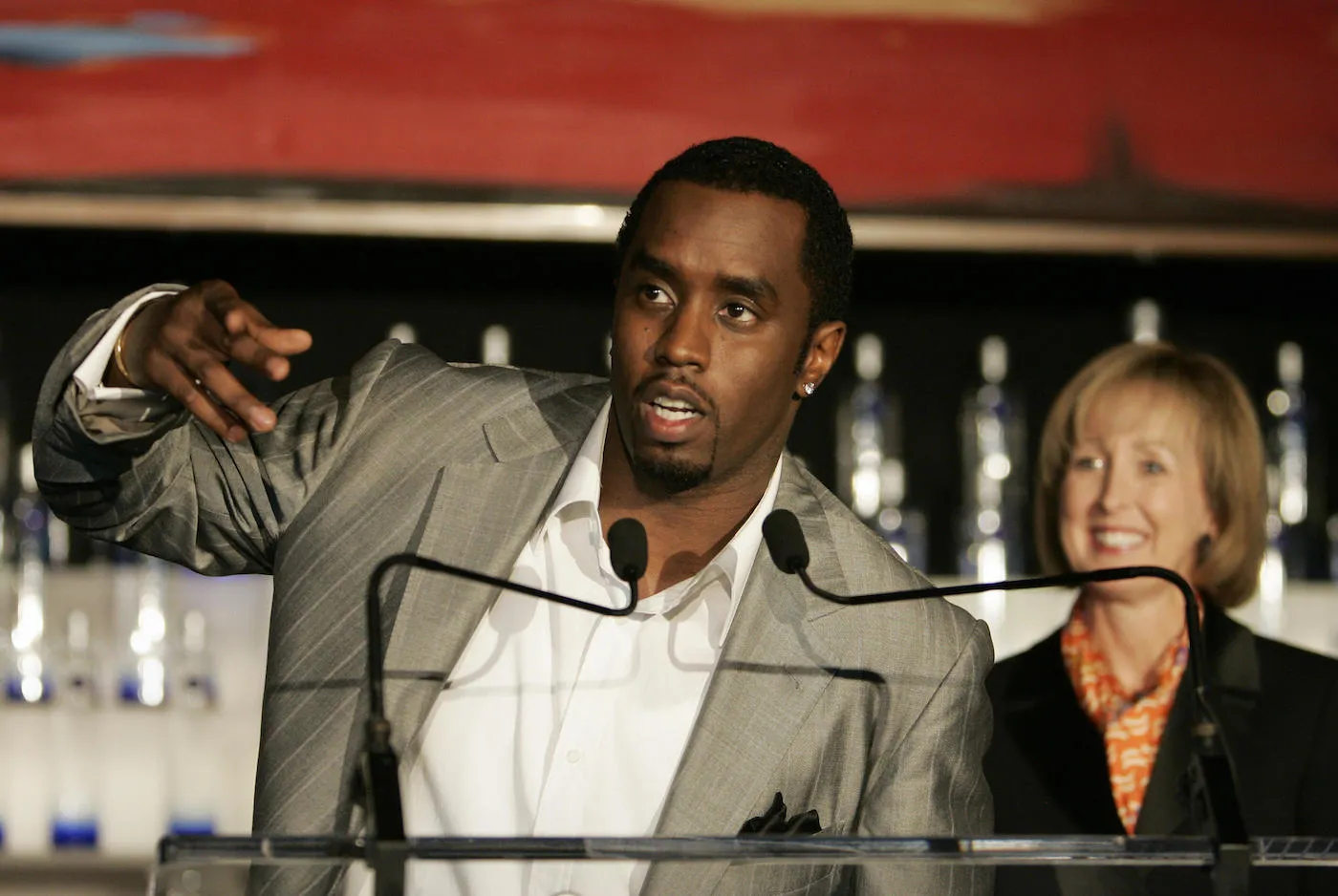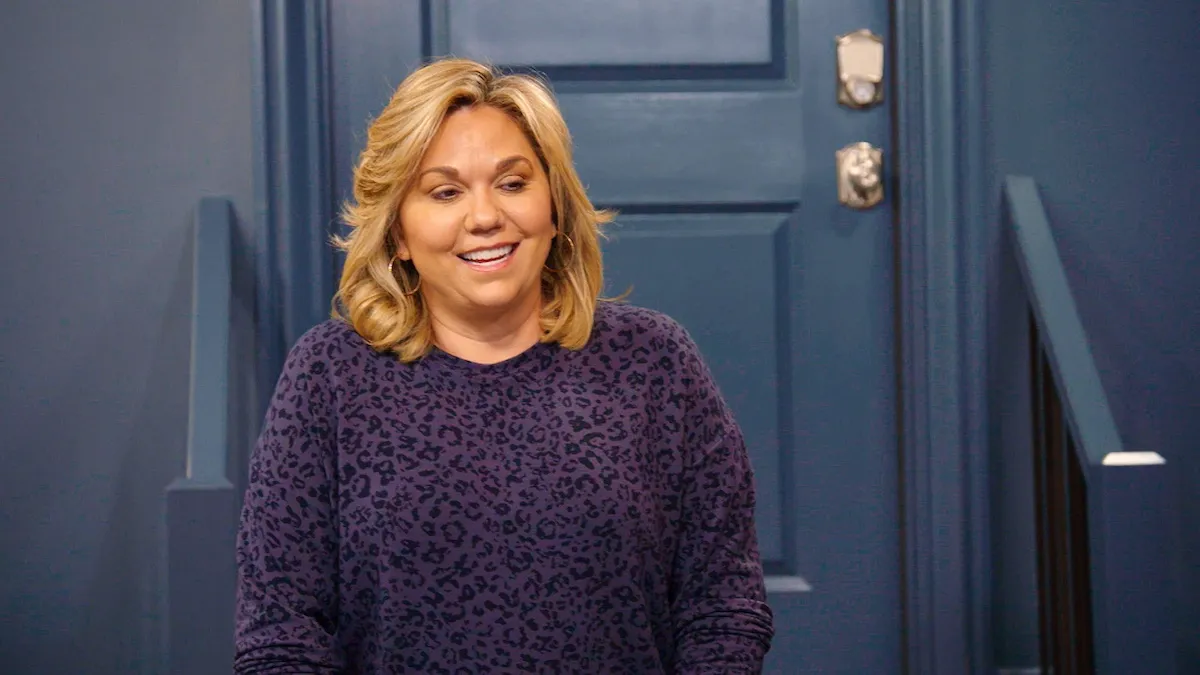3 Things You Didn’t Notice About ‘Sex and the City’ When It First Aired but Totally Would Notice Today
Sex and the City aired its first episode in 1998. Critics and viewers instantly hailed the show as groundbreaking and provocative. It was one of the first shows that centered entirely around single women, and it was the first series that took an honest look at the dating habits and rituals of women living in big cities. More than 20 years later, HBO Max will reboot the show, focusing on Carrie Bradshaw, Charlotte York, and Miranda Hobbes as they navigate life in their 50s. A lot has changed since 1998. If you look back at the series ahead of the reboot, there are more than a few small that you probably didn’t notice when the show premiered but certainly will notice now. Have you picked up on them during a rewatch?
All four ladies end up settling, in one form or another, by the time ‘Sex and the City’ ended
When Sex and the City ended in 2004, all four ladies, even Samantha Jones, were settled into relationships. Those relationships seemingly brought them joy. They seemed to be happy and healthy, and that’s what fans wanted to see for them. When you view it almost 20 years later, though, the four women didn’t settle down, they just plain settled, and that’s a touch sad.
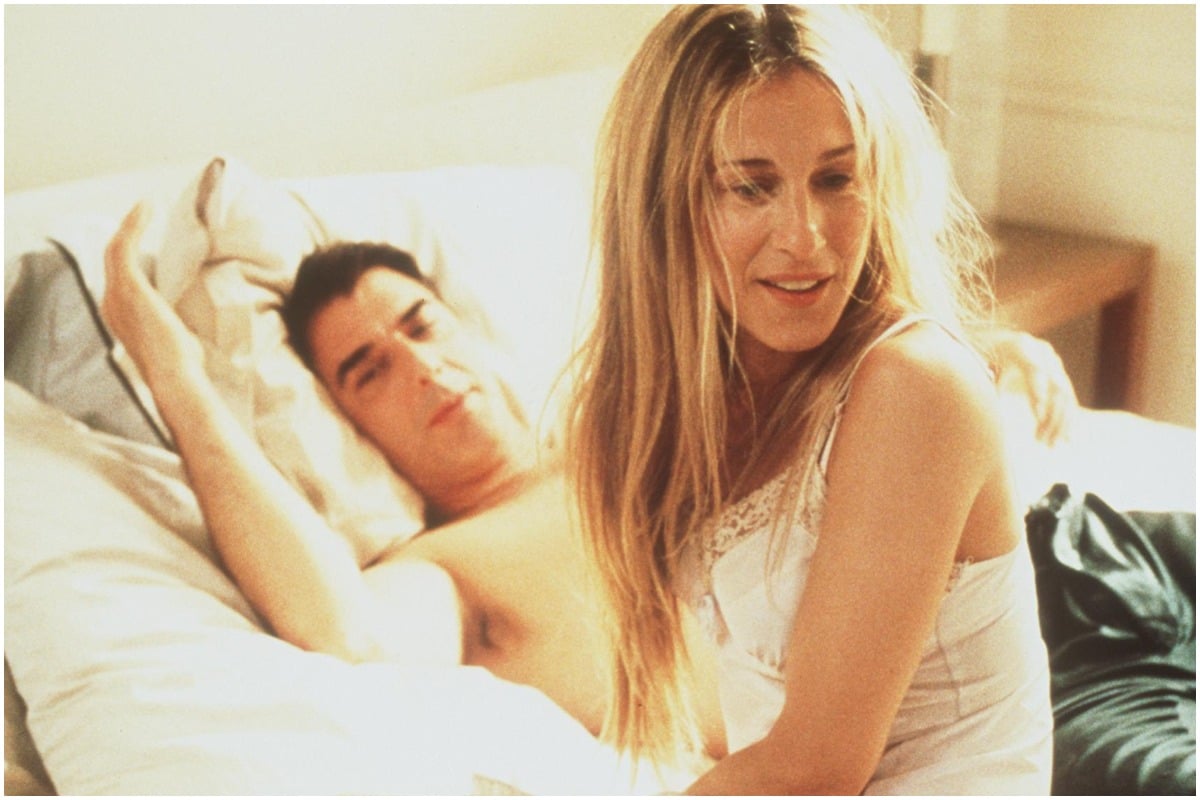
Carrie ended up with Mr. Big, which, to be fair, was what she always wanted. Deep down, though, Carrie knew that settling down with Big meant she’d be settling for someone who could never give her exactly what she wanted. They hadn’t been able to make it work in the six years they knew each other, after all. Samantha, the most independent of the group, settled into monogamy with Smith Jerrod, which didn’t fit her personality. Miranda settled for Steve in Brooklyn. Even Charlotte, whose husband Harry Goldenblatt is beloved by fans, settled for a spouse that was far from what she thought her ideal was. Not every instance of settling was bad, but some were.
The representation of people of color in ‘Sex and the City’ was incredibly stereotypical
It didn’t take long for Sex and the City viewers to notice that the series had a serious lack of representation. There were very few people of color featured on the show. It took a bit longer for many fans to realize that when the writers included people of color in a storyline, they were almost always stereotypical representations of their culture.
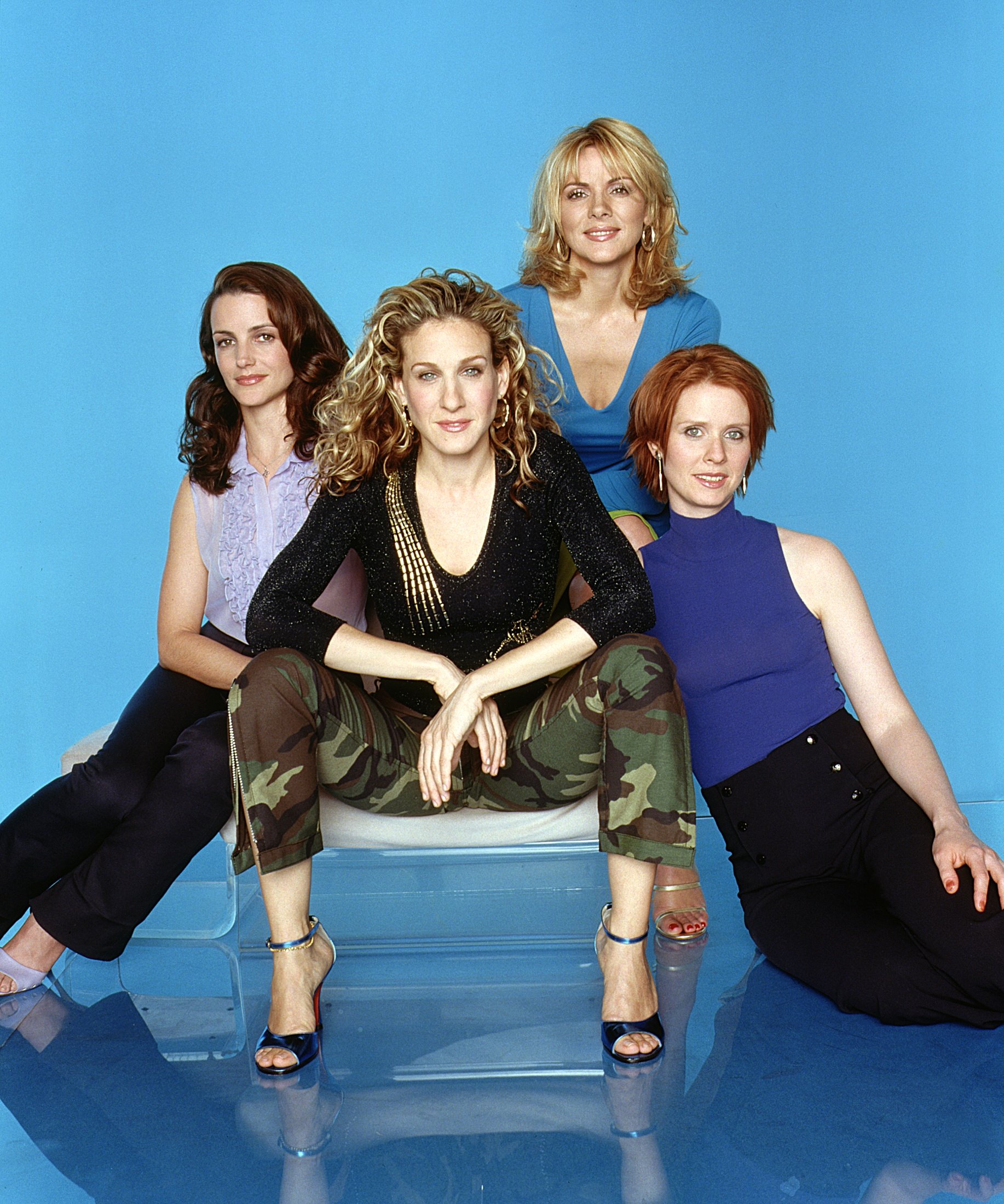
Blair Underwood, who played Dr. Robert Leeds in a season 6 storyline on the show, passed up an initial offer to appear on the show. HBO initially offered Underwood the role of Chivon Williams, a record executive who briefly dated Samantha. Underwood noted he passed on the part because it was too much about race. When he was approached two years later, he immediately asked if the role would focus on race. Underwood discussed the process of being cast in Sex and the City to Tracy Clayton on Strong Black Leads.
Chivon Williams wasn’t the only character that was a racial stereotype. The series showed women of Asian descent in subservient roles. It also characterized Maria, a Latina woman, as easy to anger and jealous. Samantha briefly dated Maria during the show’s third season.
For a series about sex, the show wasn’t very sex-positive
Sex and the City may have been one of the first shows to discuss the sexuality of single women in their 30s, but the series as a whole was not all that sex-positive. All four main characters were incredibly judgmental and offensive when faced with sexuality that fell outside of their comfort zone. It wasn’t as clear during the show’s original run but viewing the series through a 2021 lens makes it crystal clear. Carrie and her pals were only accepting of sexualities that matched theirs.
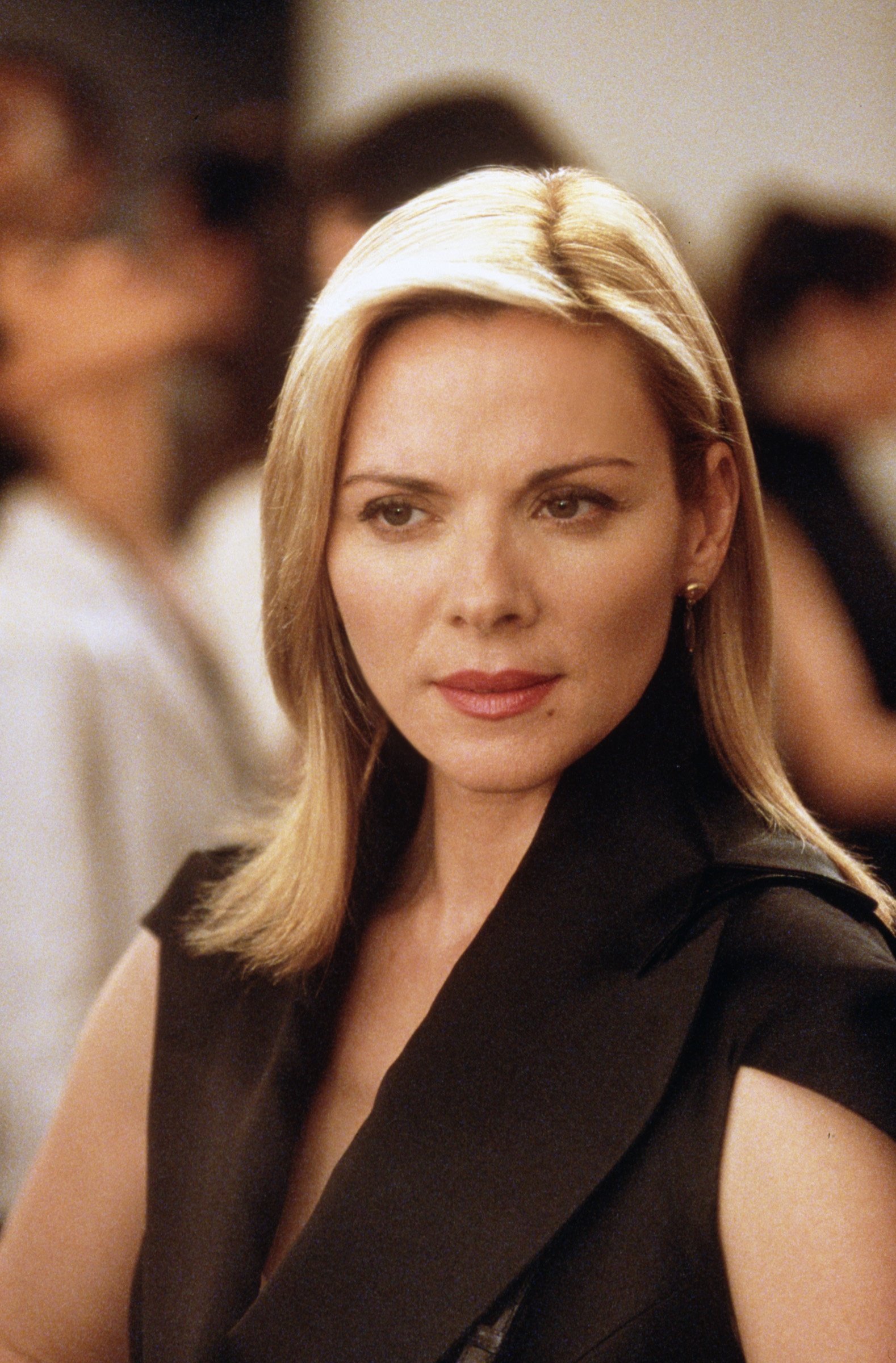
Carrie couldn’t wrap her mind around the idea of a bisexual man, and the entire group couldn’t deal with the idea of Samantha dating a woman. Charlotte and Miranda both freaked out when faced with sex acts that they hadn’t encountered before. Even Samantha, who was the most open of the four, had an incredibly offensive attitude toward the trans women in her neighborhood. Slut-shaming and kink-shaming were also a common occurrence during the show’s original run.
